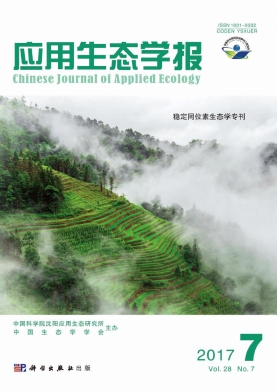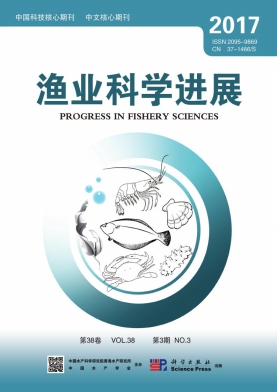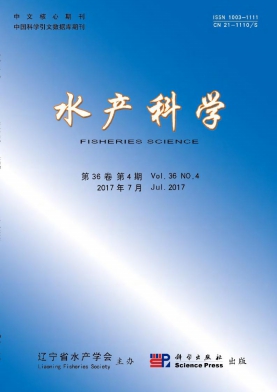单 位:
中国水产科学研究院黄海水产研究所农业部海洋渔业资源可持续利用重点开放实验室
摘 要:
对2004年1月—2005年10月在黄海中部采集的622尾高眼鲽样品的胃含物进行分析.结果表明:高眼鲽摄食的食物种类包括11类38种,其中甲壳类和瓣鳃类为优势饵料类群,共占食物相对重要性指数百分比的99%;食物中的优势饵料种类为太平洋磷虾、脊腹褐虾和樱蛤.与20世纪80年代相比,黄海高眼鲽的摄食强度下降,食物组成发生了较大的变化;鱼类不再是优势饵料类群,鳀鱼在食物中所占的比例明显下降.通过聚类分析和列联表检验等方法对高眼鲽摄食随体长的变化进行研究,结果表明:体长在51~370mm范围内的高眼鲽的摄食强度没有显著的体长变化,但不同体长组摄食的食物种类有一定差异.<119mm的主要以磷虾类和底层虾类为食;体长在120~199mm的除以磷虾类和底层虾类为主要食物外,还摄食相当比例的瓣鳃类和鱼类;>200mm的则主要摄食底层虾类和鱼类,磷虾类所占比例减小.
译 名:
Diet composition and ontogenetic variation in feeding habits of Cleithenes herzensteini in central Yellow Sea
作 者:
ZHANG Bo (Key Laboratory for Sustainable Utilization of Marine Fisheries Resource of Agriculture Ministry, Yellow Sea Fisheries Research Institute, Chinese Academy of Fishery Sciences, Qingdao 266071, Shandong, China).
关键词:
Cleithenes herzensteini; central Yellow Sea; diet composition; ontogenetic variation
摘 要:
In the bottom trawl surveys in central Yellow Sea from January 2004 to October 2005, 622 samples of plaice Cleithenes herzensteini were collected, and their stomach contents were analyzed. The results indicated that the prey items of the plaice included 11 groups or 38 prey species, but only Crustacea and Lamellibranchia were the most important prey groups, accounting for 99% of the total food composition by percentage of index of relative importance. Euphausia pacific, Crangon affinis and Tellinidae were the dominant prey species. Comparing with the 1980s, the feeding activity of plaice declined significantly, and the diet composition changed. Fishes were no longer the dominant prey, and the proportion of anchovy in the diet decreased. Cluster analysis and two-way contingency table analysis were used to study the ontogenetic variations in the feeding habits of plaice, and the results showed that the feeding activity of plaice did not vary significantly among 7 size classes within the size between 51 mm and 370 mm, but ontogenetic variations were found in the diet composition. In the size class <119 mm, the diet mainly included Euphausiacea and Decapoda. In the diets of fish with the size between 120 mm and 199 mm, the proportion of Lamellibranchia and fishes increased markedly. In the size class >200 mm, plaice mainly fed on Decapoda and fishes.






